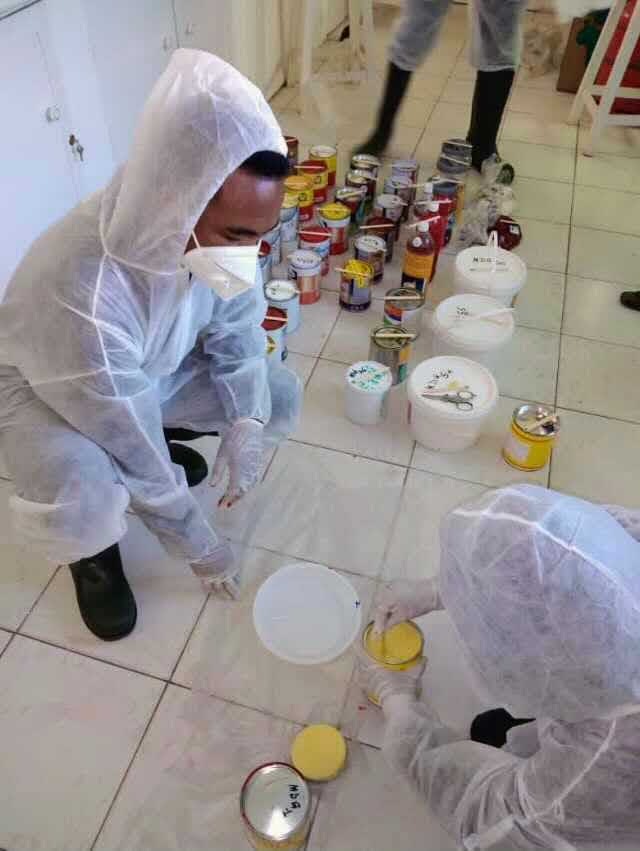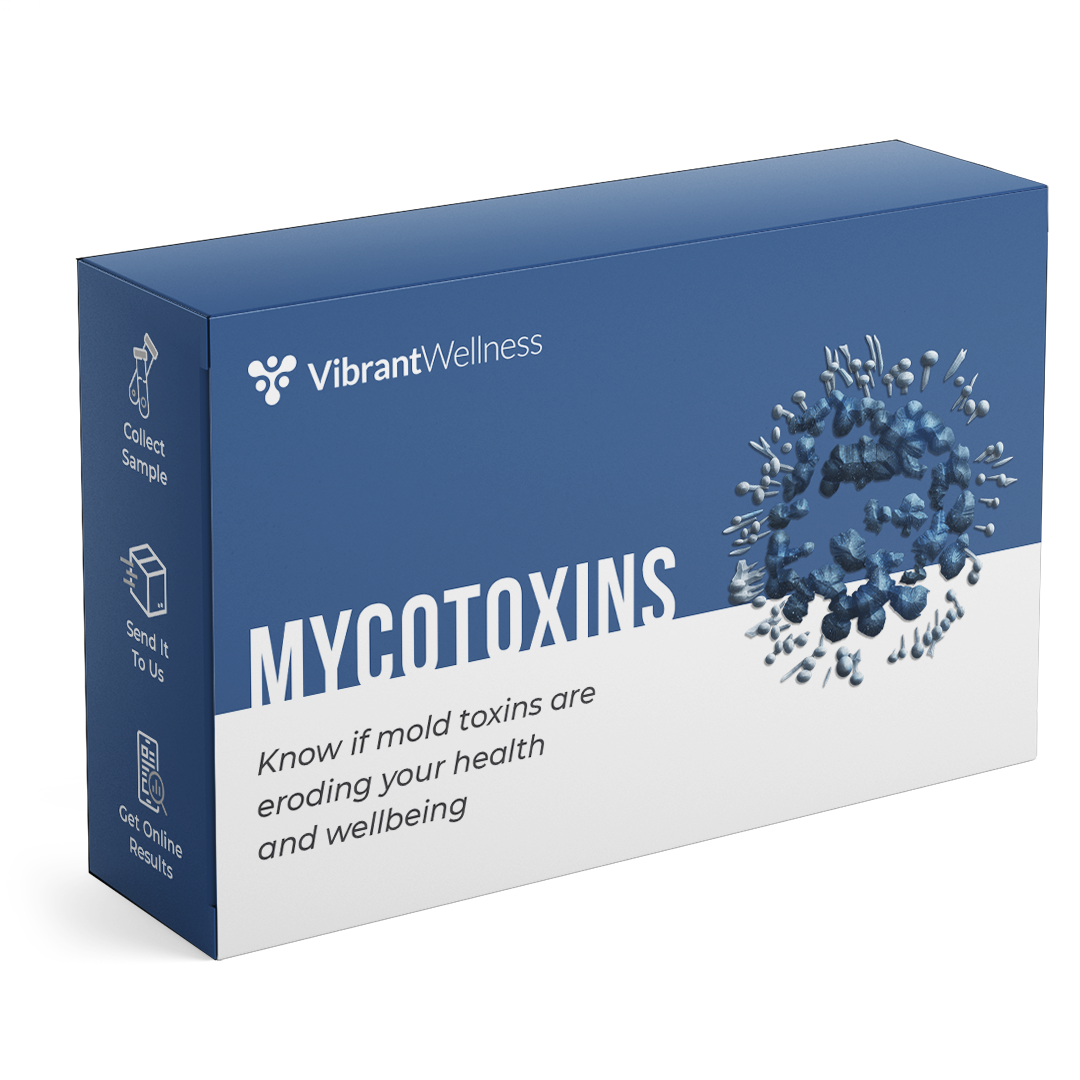Exactly How Mycotoxin Testing Aids Prevent Contamination and Secure Food Supplies

Mycotoxin testing is an indispensable technique in the food sector, offering as a frontline defense against contamination by unsafe toxins generated by mold and mildews. Via the application of innovative techniques like High-Performance Liquid Chromatography (HPLC) and Liquid Chromatography-Mass Spectrometry (LC-MS), food producers can accurately identify and evaluate mycotoxin levels in agricultural products. This proactive method not only makes sure compliance with rigorous safety laws however likewise mitigates wellness risks to customers. Furthermore, routine screening strengthens brand name reputation and financial health by reducing contamination-related events. Just how exactly do these screening procedures incorporate into the broader food safety strategy?
Recognizing Mycotoxins
Recognizing mycotoxins begins with recognizing that they are toxic additional metabolites produced by particular molds, which can pollute farming items. These metabolites are not vital for the development or reproduction of the fungis yet can have severe implications for animal and human health. Mycotoxins are frequently located in staple plants such as corn, wheat, barley, and nuts, where they can multiply under specific conditions of wetness and temperature level.
There are a number of types of mycotoxins, each created by various fungal types. Fusarium varieties create fumonisins and trichothecenes, both of which are connected with various acute and persistent health and wellness problems.

Dangers of Mycotoxin Contamination
The risks of mycotoxin contamination are diverse, posturing significant dangers to both food security and public health. Mycotoxins, toxic compounds created by specific kinds of fungi, can pollute a wide variety of farming products including grains, nuts, seasonings, dried out fruits, and coffee. When these toxic substances penetrate the food supply, they can result in major health and wellness concerns such as liver damage, kidney failure, and even cancer cells. Prone populations, consisting of children, the senior, and immunocompromised individuals, are especially in danger.
Financial influences are an additional significant issue. Contaminated crops can result in substantial financial losses for farmers and food producers due to decreased yields and the demand for costly purification actions. Worldwide trade can be substantially impeded as countries implement strict mycotoxin regulations to shield their populations, leading to rejected deliveries and strained trade relationships.
Ecological variables such as environment modification aggravate the risk of mycotoxin contamination. Variants in temperature level and moisture can create favorable problems for fungal growth, raising the possibility of contamination events. Thus, understanding and reducing these dangers are critical for guaranteeing the safety and security and integrity of worldwide food materials.
Techniques of Mycotoxin Examining
Properly determining mycotoxin contamination in agricultural products is vital for securing public health and maintaining food safety standards. Various approaches are employed to detect and evaluate mycotoxins, each offering details benefits and restrictions.
High-Performance Fluid Chromatography (HPLC) is an extensively used technique because of this website its high level of sensitivity and accuracy. It entails dividing mycotoxins from various other substances in an example, allowing precise quantification. Fluid Chromatography-Mass Spectrometry (LC-MS) incorporates liquid chromatography with mass spectrometry to give in-depth molecular information, making it especially useful for identifying several mycotoxins concurrently.

Gas Chromatography-Mass Spectrometry (GC-MS) and Thin-Layer Chromatography (TLC) are additionally utilized, each with one-of-a-kind applications. GC-MS is effective for unstable mycotoxins, while tender loving care offers an easier, cost-effective option for initial screening.
Benefits of Normal Checking
Regular screening for mycotoxins in agricultural items provides many advantages, considerably adding to public wellness and food security. By recognizing contamination early, routine screening assists stop the distribution of hazardous foods, consequently lowering the threat of mycotoxin-related diseases amongst consumers. This proactive technique not just safeguards human health and wellness but likewise boosts the total top quality of food materials.
Consistent screening additionally supports regulative conformity. Different nations and regions have actually established strict limitations for mycotoxin degrees in food and feed. Complying with these limitations via routine testing ensures that producers and suppliers meet lawful standards, therefore staying clear of penalties and profession obstacles. Moreover, preserving conformity cultivates customer trust fund and brand track record, which are crucial for market success.
In addition, routine mycotoxin screening can bring about considerable economic benefits. Early detection of contamination enables prompt treatment, reducing potential losses from widespread contamination. Applying routine testing procedures can additionally decrease recall expenses and associated obligations, which can be economically ravaging.
Furthermore, normal screening gives valuable data that can educate much better farming practices and storage space problems. By recognizing patterns of contamination, producers can embrace precautionary measures, thereby lowering future risks and contributing to the sustainability of the food supply chain.
Implementing Checking Protocols
Implementing reliable mycotoxin screening procedures is vital for making certain the safety and high quality of farming items. Each phase needs to be looked at to identify where mycotoxin contamination is most likely to happen.
Once essential control points are recognized, selecting ideal screening approaches is vital. Common strategies include enzyme-linked immunosorbent assay (ELISA), high-performance fluid chromatography (HPLC), and mass spectrometry (MS) Each approach has its staminas and Resources weak points; hence, picking the proper one relies on the particular mycotoxin being examined, the required level of sensitivity, and readily available sources.

Last but not least, integrating the screening protocols right into a thorough food safety administration system is recommended. This enhances traceability and makes it possible for swift restorative actions when contamination is discovered, consequently protecting the honesty of the food supply chain.
Final Thought
Mycotoxin testing is important in stopping contamination and guarding food products by making it possible for very early detection of dangerous toxic substances produced by mold and mildews in agricultural products. Advanced methods such as HPLC and LC-MS ensure conformity with security guidelines and safeguard consumers from health and wellness dangers. Regular screening improves brand credibility, economic security, and count on food security by minimizing contamination-related losses and keeping high standards in food production. Applying rigorous testing protocols is hence critical for the sector's total wellness.
Mycotoxin screening is a vital method in the food market, serving as a frontline protection against contamination by dangerous toxic substances generated by mold and mildews. An integrated method involving agricultural methods, storage management, and routine screening can minimize the threats connected with mycotoxin contamination, ensuring food security and public health and wellness.
The threats of mycotoxin contamination are complex, positioning substantial risks to both food security and public health.Normal screening from this source for mycotoxins in agricultural items uses various advantages, dramatically adding to public wellness and food safety and security.Mycotoxin screening is important in avoiding contamination and securing food products by making it possible for very early detection of damaging toxins produced by mold and mildews in farming items.